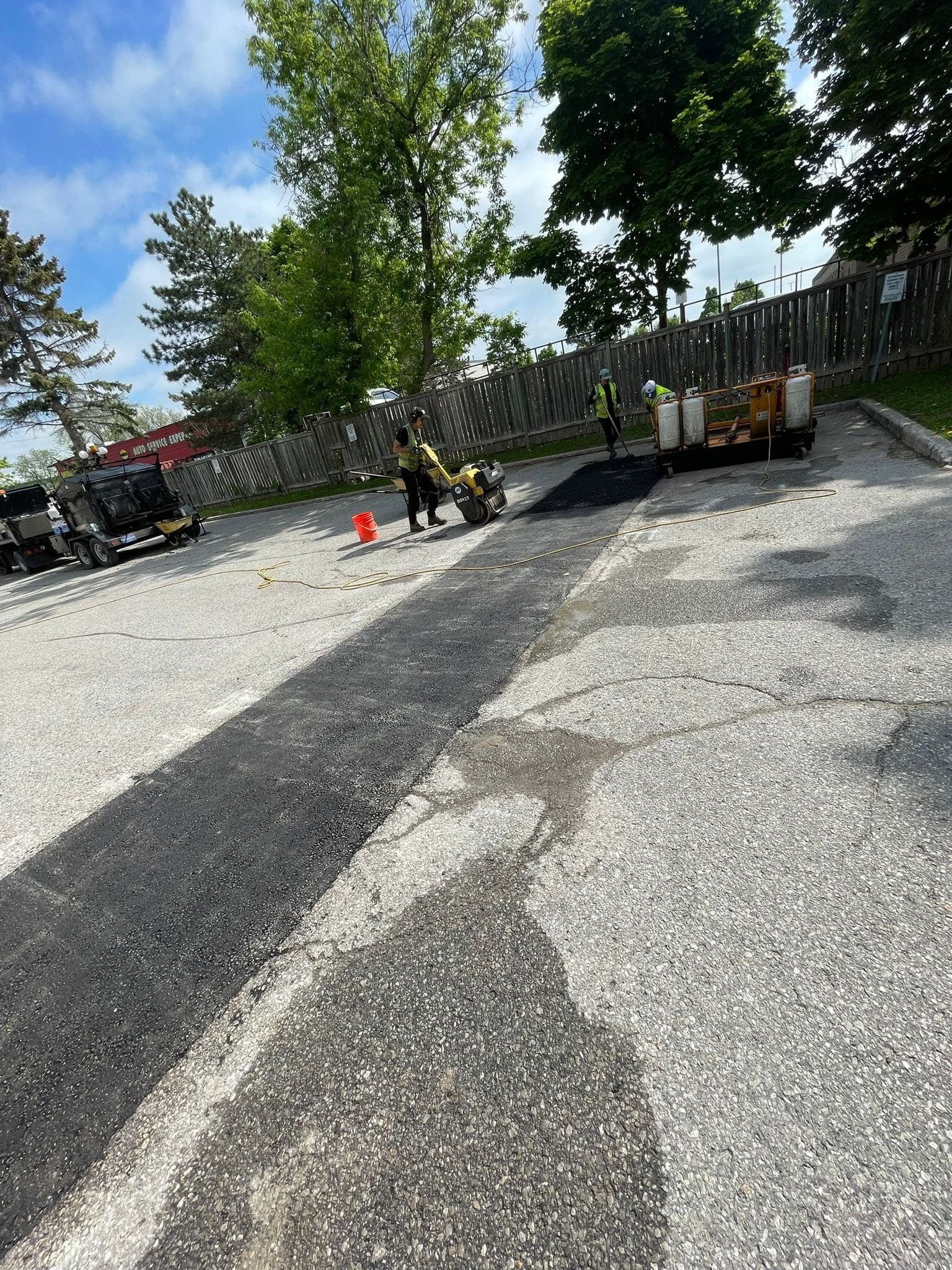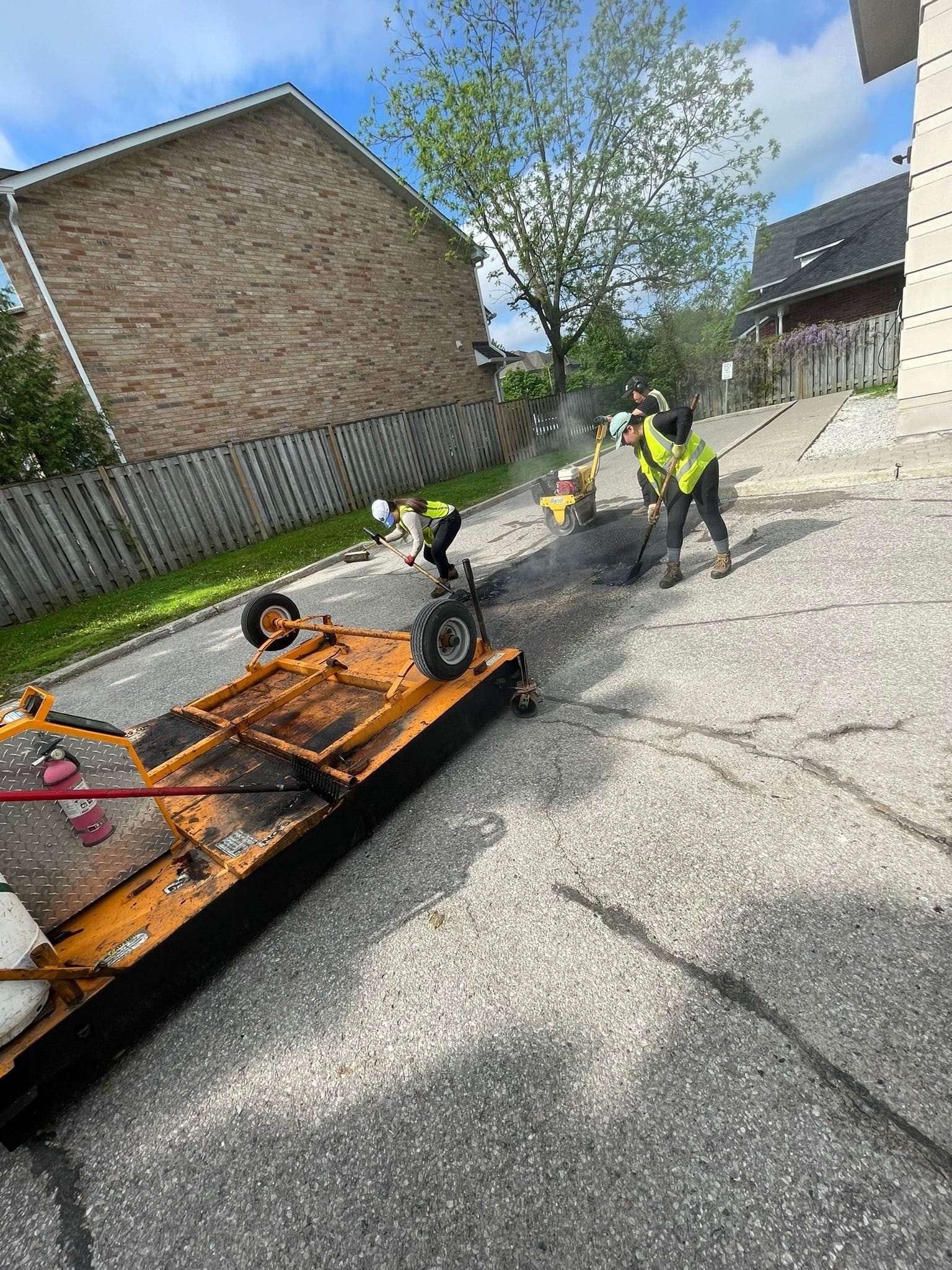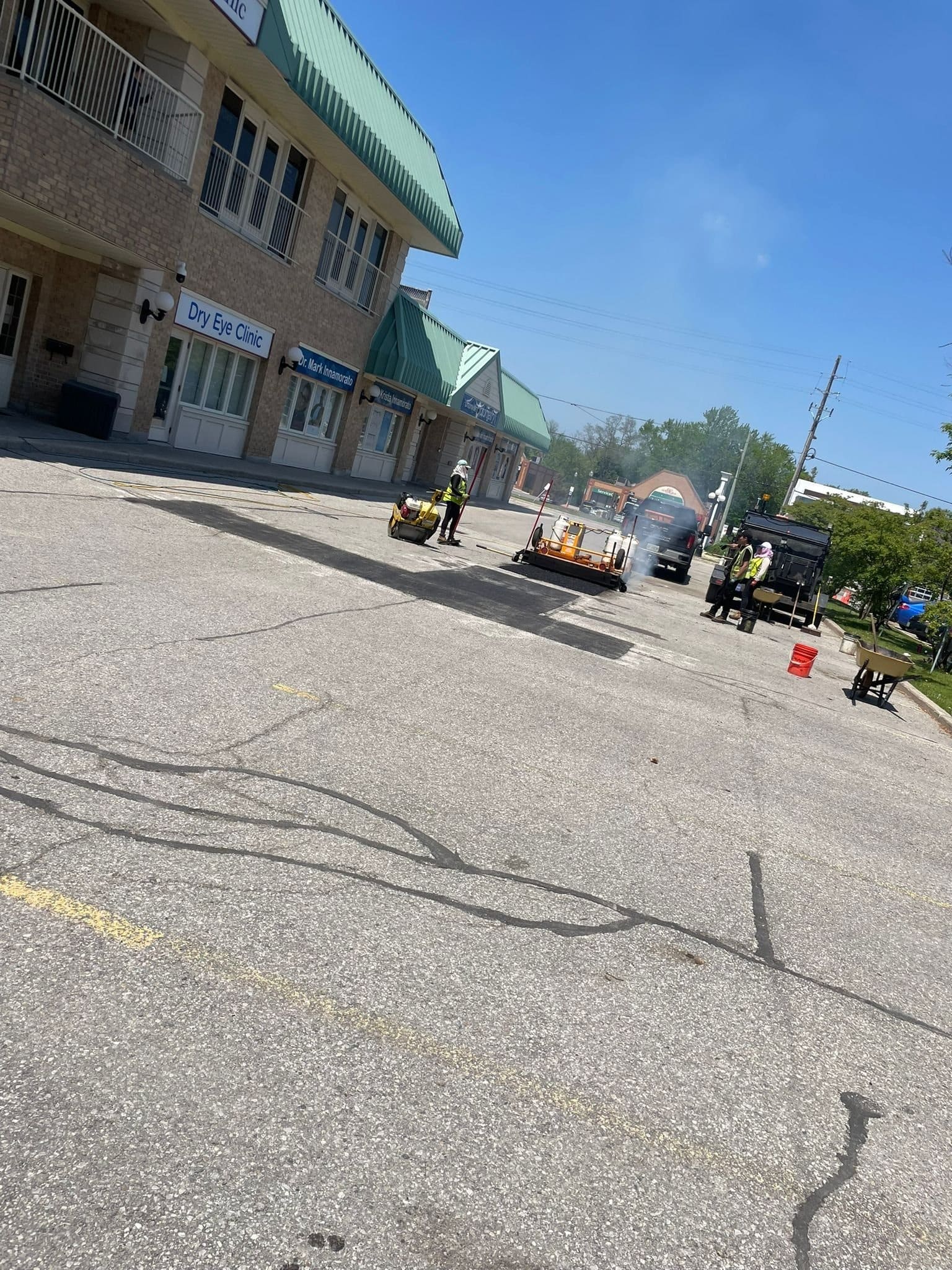The infrared method involves heating the damaged area directly, making it soft and malleable. Fresh asphalt is then seamlessly blended with the existing surface, preserving all the existing asphalt. This process is significantly faster than traditional methods, often completing repairs within minutes instead of hours. Traffic flow can return to normal in as little as one to two hours.
Beyond its speed, the infrared method offers other key advantages. The resulting patches are nearly invisible, seamlessly integrated with the surrounding pavement. This ensures that the aesthetics of the surface remain intact. Additionally, the fusion of new and old asphalt creates a durable bond, often ensuring that the patched area lasts as long as the rest of the pavement.
Since hot-mix asphalt doesn’t need to be transported to the site, the infrared method can be used even when asphalt plants are closed or in cold weather conditions when transporting hot mix is impractical.
While infrared technology has been around in the asphalt industry for about thirty years, high equipment costs deterred many contractors from adopting it. However, as technology has progressed, the cost of equipment has decreased, making infrared asphalt repairs a cost-effective solution.



